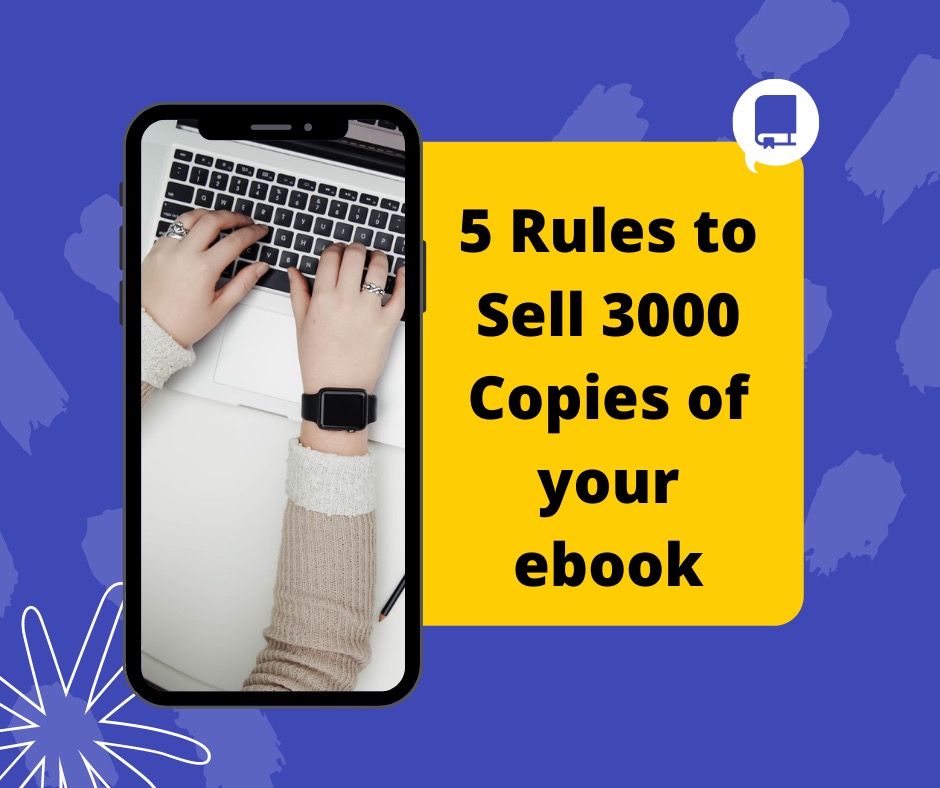Want to know your “hourly rate” when writing a technical book?
Publishers will tell you that you do it for “exposure,” yet we all know that exposure can kill. With all the added costs for printing, marketing, publishing, wholesale rates, and so on, there will be absolutely nothing left over for you. “Exposure” doesn’t pay.
Self-publishing and understanding marketing skills to sell your book to the correct audience is a superior method. As a bonus, you’ll get to know each and every one of your readers and develop a close bond with them – great for both you and your readers because they’ll feel heard.
To do this, you must keep costs low and profit margins high. The market for highly specialised books is small, therefore selling numerous copies at a loss is futile.
Here is My 5 rules:
(Rule #1: Have relevant material for your intended audience. Obviously!)
No publishers. Self-publish the book.
No third-party sales channels. No Kindle, no iBookstore.
No DRM. DRM has never halted piracy.
Rule #2: Create a PDF. Depending on the topic/audience, EPUB. Please no dead trees.
Price high. Price for value, not what seems right.
Here’s why…
No publisher eschews the middleman. You can’t just sit around and wait for people to come. ”But Thomas, you have a billion fans on the internet, your material sells itself!” — Being “internet famous” (in a tiny circle) won’t sell your book. Like everyone else, I have to work hard on my book marketing.
Marketing, like any other skill, can be learned.
Email lists work well for such ebooks. To entice individuals to give you their email address, you need to provide them something beneficial in exchange, like a discount code, free chapters, or weekly tips and techniques.
Email marketing takes time and effort, but it pays off. You can’t sell without marketing. You should also try to get interviews on podcasts and create guest pieces on blogs related to your topic.
Retinafy was launched by giving away a free “Retinafying” flowchart (which was downloaded almost 100,000 times) and sending out weekly emails to those who signed up to be notified about the book, each with a little tidbit and reason why retinafying is important and necessary, why the book will make it super easy, and a reader quote (collect those!).
Rule #3: You get 100% of the profits (after payment fees).
Third-party sales channels work well for some themes, but not for most highly specialised technical areas. (Selling over 100 copies puts you ahead of most self-published authors. But most of them fail to commercialise.)
To be lucrative and worth your time, you should calculate your minimum hourly rate after determining the pricing. For example, Retinafy took me roughly 50 hours to research, write, and sell. I’ve sold over 3,000 copies as of today, August 28, 2015, for a total of over $60,000. If you use PayPal to sell ebooks, expect to pay around 5% in fees. My hourly pay for working on the book is now $700+, and this will only climb as sales grow.
In addition, the hourly rate tells you how many copies to target – if it’s below a particular level, it’s not worth creating the book. My lifetime goal for this book was 3,000 copies sold (which I achieved after 212 years). For example, Amy and I wrote JavaScript Performance Rocks! in 2008, which has sold 2,686 copies and earned $79,964.96. (This excludes some site licences we sold.)
DRM doesn’t function and merely annoys customers.
No DRM is a no-brainer. You and your readers suffer, things break, it’s unpleasant and it hasn’t stopped anyone from pirating. Don’t waste time on it.
Rule #4, it depends on your target audience and book matter.
Example: I exclusively sell Retinafy.me as PDF. Some may scoff, however the book contains many graphics, screenshots, and tables that cannot be formatted properly (meaning not weeks of labour) using EPUB, therefore I choose to have only a PDF. Unless it’s a design or UI book, you should publish as an EPUB. (I hope to write about my toolchain in a future blogging.)
And finally, the most crucial rule #5: price high.
Your book is worth a lot to your readers; charge accordingly.
Reading my Retinafy ebook could save someone a week of study, attempting to read through blog posts, compiling information, performing tests, trying things cross-browser, etc. That’s $4,000 spent on a $29 book. It’s less than 1% of the money you’d lose doing it all yourself. And since I am an expert on the subject, it will probably take you a week to get the answers.
REMEMBER THAT YOUR CLIENTS ARE They spend money on things they cherish every day. It’s a no-brainer to pay $29 for an ebook worth thousands of dollars. (I should have charged more!)
You may sell a book yourself, provide great value to others, and make a nice profit.




